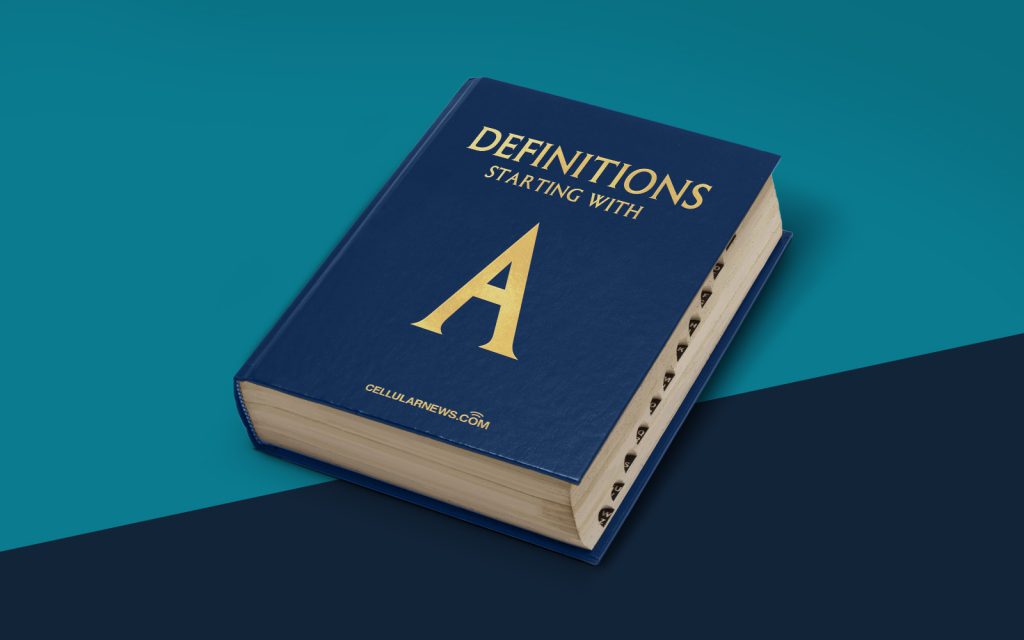
Discovering the Definition of A-Law
Welcome to the DEFINITIONS category of our website, where you can quench your thirst for knowledge by exploring various terms and concepts. Today, we dive into an intriguing subject: A-Law. Have you ever come across this term and wondered what it means? Fear not, because we are here to illuminate your understanding.
Key Takeaways:
- A-Law is a digital audio compression algorithm commonly used in European telecommunications.
- It is designated as a standard in ITU-T Recommendation G.711.
So, what exactly is A-Law? A-Law, also referred to as the A-law algorithm, is a method of digital audio compression employed in the field of telecommunications, primarily in European countries. This compression technique allows for efficient transmission and storage of audio signals without significant loss in sound quality.
The term “A-Law” originated from a series of logarithmic non-linear quantization algorithms developed by the International Telegraph and Telephone Consultative Committee (CCITT), now known as the International Telecommunication Union Telecommunication Standardization Sector (ITU-T). The A-Law algorithm is designated as the standard algorithm in ITU-T Recommendation G.711, which specifies the pulse code modulation (PCM) techniques for encoding analog signals into digital formats.
One might wonder, how does the A-Law algorithm work? Simply put, it utilizes a non-linear quantization technique that allocates more bits to lower amplitude signals and fewer bits to higher amplitude signals. By doing so, it achieves a higher signal-to-noise ratio and ensures enhanced accuracy in reproducing the original analog audio signal during the decoding process. This non-linear compression technique is particularly suitable for encoding speech signals, which contain a wide dynamic range of amplitudes.
Key Takeaways:
- A-Law is a digital audio compression algorithm commonly used in European telecommunications.
- It is designated as a standard in ITU-T Recommendation G.711.
It’s important to note that the A-Law algorithm is widely adopted in European telecommunications systems, while another similar algorithm called ?-law (mu-law) is commonly used in North America and Japan. These two algorithms differ primarily in their encoding parameters, allowing them to effectively compress and decode audio signals within their respective regions.
The utilization of the A-Law algorithm has made significant contributions to the field of telecommunications by enabling efficient audio transmission and storage. Whether it’s a phone call, a video conference, or any other form of audio communication, the A-Law algorithm plays a crucial role in ensuring that the audio quality remains intact throughout the process.
In conclusion, A-Law, the non-linear quantization algorithm designated as the standard in ITU-T Recommendation G.711, is a valuable method of audio compression widely used in European telecommunications. Its ability to accurately encode and decode analog signals has revolutionized the way we communicate, providing a seamless audio experience for users across various platforms and devices.
Stay tuned for more intriguing definitions in our DEFINITIONS category. We hope this article has broadened your understanding of A-Law and its significance in the world of telecommunications.
